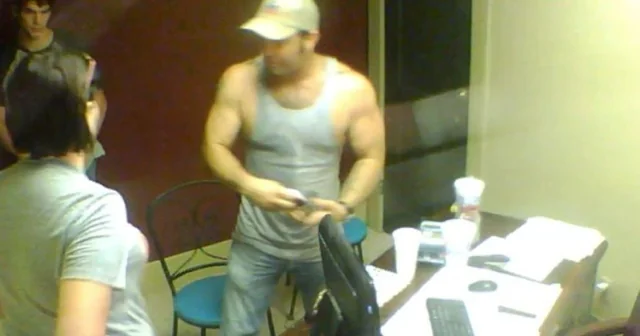In a case that has ignited widespread debate, Chasity Carey, a bail bondswoman from Oklahoma, was acquitted of first-degree murder charges in the shooting death of her client, Brandon Williams. The incident, captured in a harrowing surveillance video, has raised serious questions about the boundaries of self-defense and the justice system’s handling of such cases.
Carey, 42, shot 38-year-old Williams in her office while attempting to revoke his bond and arrest him for charges related to drug possession and burglary. The footage revealed a tense exchange, with Williams resisting handcuffing and Carey ultimately drawing a gun from her desk and firing.
The defense argued that Carey acted in self-defense, fearing for her life and that of her son, who was present during the incident. This narrative was bolstered by Carey’s claim that she had never been so scared before and thought she and her son might be killed.
However, the prosecution presented a different angle, contending that shooting someone in the back, as happened in this case, can never be justified as self-defense. The Payne County District Attorney, Laura Thomas, upheld her decision to charge Carey with first-degree murder, stating that manslaughter was not appropriate based on the evidence.
Carey’s acquittal brought mixed reactions. While she and her defense team celebrated the verdict, others in the community and observers nationwide have expressed concern and dismay. Critics argue that the decision sets a worrying precedent about what constitutes self-defense and the acceptable use of lethal force.

This case underscores the complexities of self-defense laws in the United States. It also highlights the challenges faced by the criminal justice system in cases involving lethal force, particularly by those in positions of authority like bail bondsmen.
The shooting and subsequent trial have prompted a broader discussion on the need for clearer guidelines and more rigorous training for bail bond agents, who often find themselves in volatile situations. The debate also touches upon the systemic flaws in the criminal justice system and the varying interpretations of self-defense laws across states.
